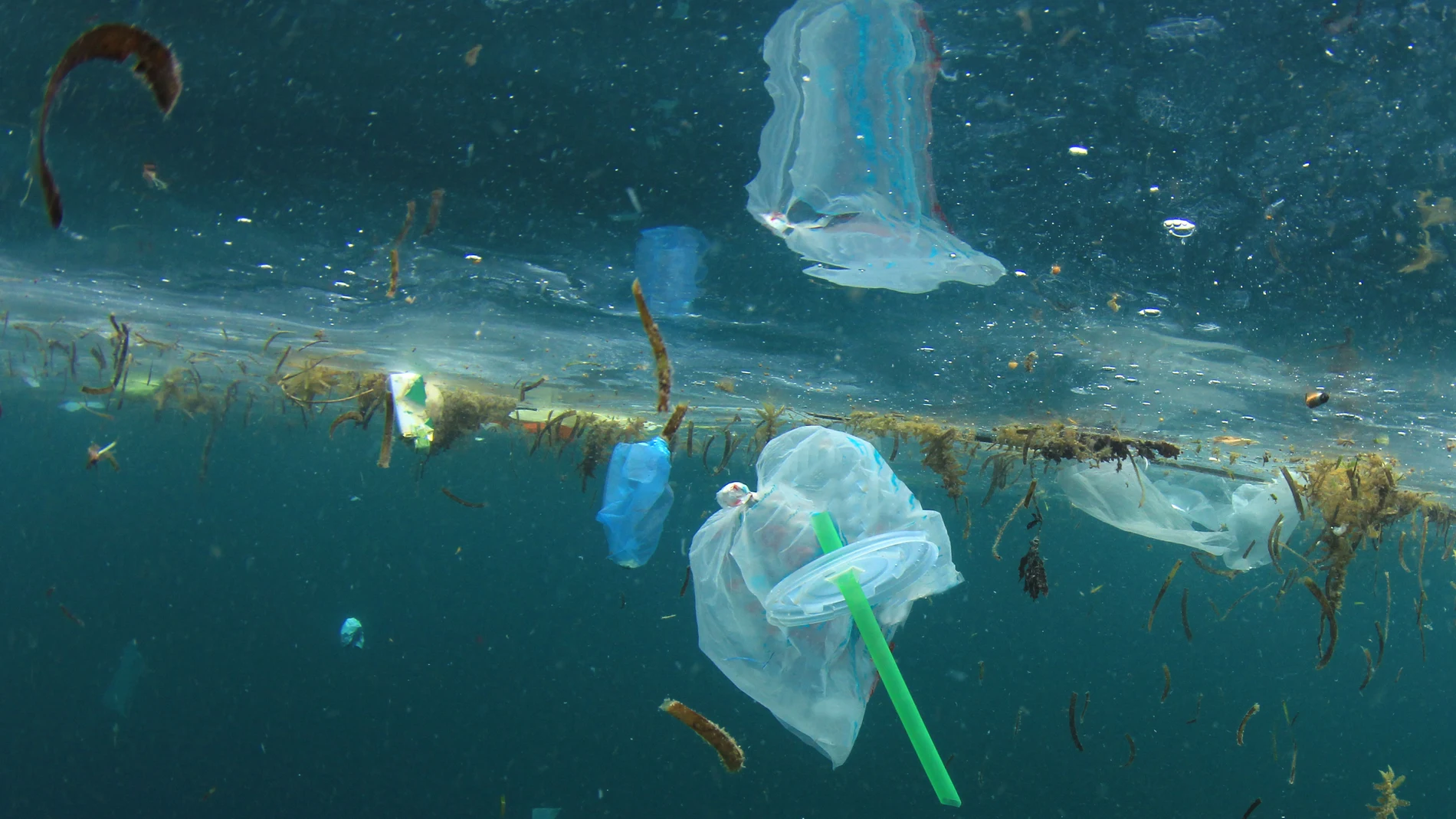Plastic straws have become a worldwide icon of plastic pollution, frequently appearing on beaches alongside bottles, bags, and cups that volunteers tirelessly collect.
Environmentalists have highlighted an astonishing statistic: only in the United States, **500 million straws are used per day**. This figure, provided by Be Straw Free, underscores the magnitude of **consumption waste**.
Straws represent the convenience of single-use, as they are used for just a few minutes before being discarded. Unlike **plastic bottles**, which can be **recycled**, straws are too small and lightweight to be effectively processed.
They can easily slip through recycling systems and end up in the oceans, where they can be **fatal to marine life**. According to **WWF**, a plastic straw can take up to 200 years to decompose, prolonging its **environmental impact** far beyond its use.
### Behavior Change and Sustainable Alternatives to Plastic Straws
Unlike other more complex **plastic waste**, such as industrial fishing gear, getting rid of straws is an easy behavior change for **consumers**, requiring minimal personal sacrifice.
With such a clear and achievable goal, the movement against plastic straws quickly gained momentum worldwide. This has led to the creation of a market for **sustainable straws**, such as reusable bamboo and metal ones.

The **fight against single-use plastics** has been globally embraced, with countries recognizing the harm to ecosystems. Nations like the United Kingdom, members of the European Union, Thailand, Kenya, and China have introduced legislation to restrict or ban single-use plastics.
In July 2021, all EU Member States banned plastic plates, cutlery, straws, balloon sticks, and cotton swabs for single use. This global effort reflects the urgency to **reduce plastic waste**.
Companies have also responded. Starbucks, McDonald’s, and other multinational corporations began phasing out plastic straws, replacing them with **paper options** and redesigning their lids.
### The Fight Against This Worldwide Icon of Pollution
The success of plastic straw bans depends on how their impact is measured. They represent only 0.025% of **ocean plastic waste**, so their elimination will not solve the crisis on its own.
However, focusing on such a visible and easy-to-replace product has helped normalize **plastic-free alternatives**. Some critics have labeled the **anti-straw movement** as performative, but its influence on legislation is undeniable.
United States President **Donald Trump** signed an executive order to reverse the federal push to eliminate plastic straws, claiming that paper straws “don’t work.” This represents a setback in **global sustainability initiatives**.
A report by Pacific Environment shows that a 75% reduction in plastic use by 2050 is necessary to control the **temperature rise to 1.5°C**.
The **fight against plastic waste** continues. Global production continues to rise, and many countries lack the infrastructure to manage waste effectively. Without a systemic shift at the **industrial level**, plastic pollution will remain a crisis for decades.
Have you visited our YouTube channel yet? Subscribe now!

